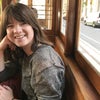Reaching the chapter-book phase of reading comprehension as a kid is an exciting thing. Suddenly, books aren’t all illustrations and happy endings: they have extended narratives, character development, real stakes, and, yes, devastating plot��points that sometimes feel way too traumatizing for elementary or middle schoolers. (We’re looking at you, .)��
What you read when you’re young can often fuel strong, early memories—and a lot of outdoorspeople’s��first dreams of survival or adventure were inspired by books. But most adventure books, especially children’s��books, have traditionally been about boys.
Luckily, there’s great reading material available in which young girls��and��nonbinary��or transgender kids might see themselves in the adventure characters they love. Here are our favorite newcomers, plus a few��classics.
‘Island of the Blue Dolphins,’ by Scott O’Dell
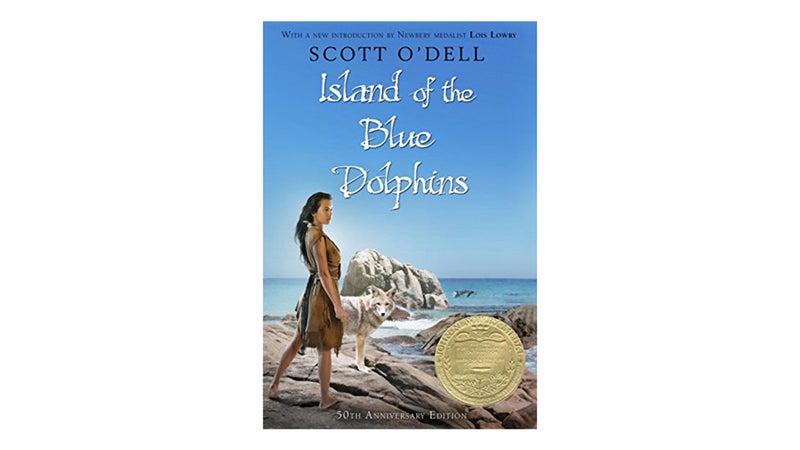
Quite a few young-adult books about survival just don’t hold up anymore, because they’re riddled with stereotypes about cultures that aren’t the author’s own. , written by Scott O’Dell in 1960, avoids that trap largely thanks to his meticulous research of the events that inspired the novel. The story stars Karana, a 12-year-old Nicoleño Native Californian girl abandoned on an island after Russian fur hunters force��the residents of her village��onto a boat to the mainland. She’s thrust into a solo survival situation with only her (admittedly very cool) pet dog for company��and lives alone on the island for years, subsisting on resources from both the land and the sea. The book is based on the story of a young woman who really did live alone on an island off the California coast in the 1800s. But young readers will likely just be in awe of the protagonist’s resourcefulness and gumption—and the gorgeous prose, which won O’Dell a Newbery Medal.��
‘Junko Tabei Masters the Mountains,’��by Nancy Ohlin and Montse Galbany��
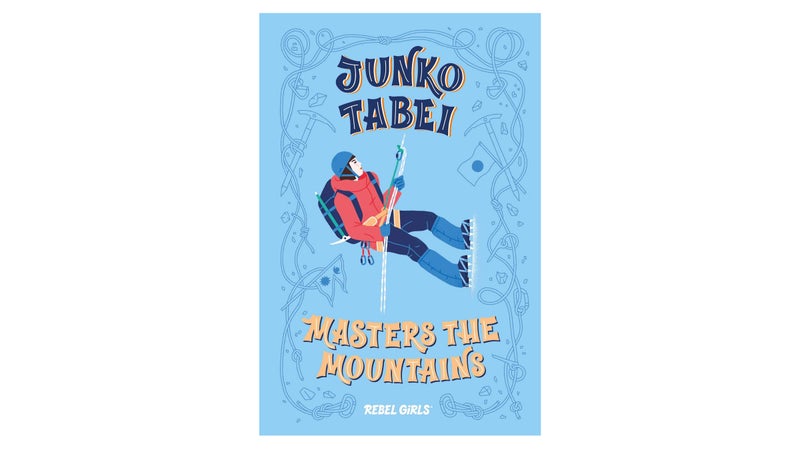
’ book series spotlights female historical figures like and . Of course, we’re partial to , an��accomplished Japanese mountaineer and first woman to climb Mount Everest. If your kid is��a more advanced reader, don’t let the large font and modern illustrations keep them��away: it’s packed with facts, and the story of a shy, unathletic girl who gets hooked on mountain sports is a worthy one for all ages.
‘As the Crow Flies,’ by Melanie Gillman
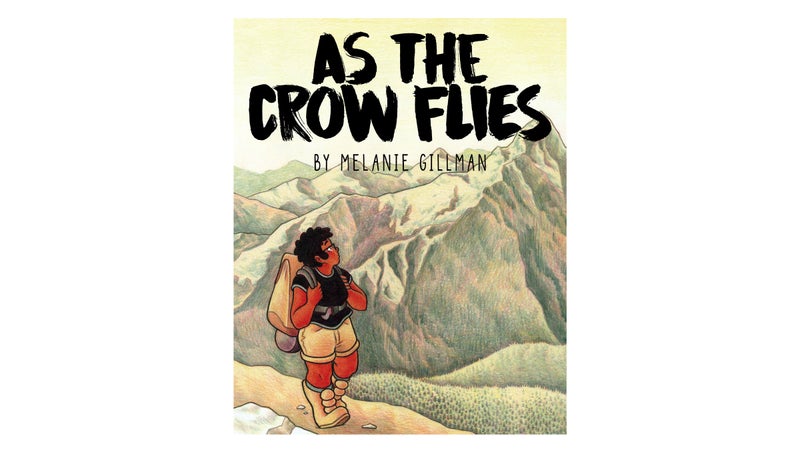
follows Charlie Lamonte, a 13-year-old who is queer and black��and really doesn’t want to be at a Christian backpacking camp. But miserable experiences can sometimes lead to incredible friendships: Charlie soon meets fellow camper Sydney, who’s transgender, and the two support each other through a summer of beautiful outdoor vistas, awkward conversations, and active marginalization by their peers. Gillman��takes��care in rendering her characters’ exploration of their identities��and takes young readers seriously enough not to mince important��topics. This is the summer-camp story a lot of people will wish they’d had while growing up.��
‘Downriver,’ by Will Hobbs
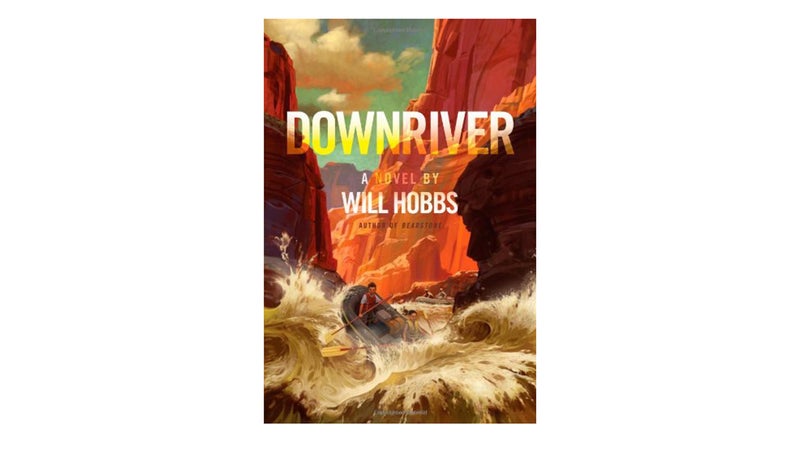
Many great adventure books are about kids taking a grand voyage that would generate frantic missing-person headlines in the real world, and has been a favorite along these��lines��since its publication in 1991. It sits on the pure-fun��end of the adventure-novel spectrum—less survival-like��than Hatchet and more adrenaline-filled than The Boxcar Children—following��15-year-old Jessie as she leads a group of her friends on a less than sanctioned river trip during an outdoor-education program for troubled��young people.����
‘Wildwood,’ by Colin Meloy and Carson Ellis
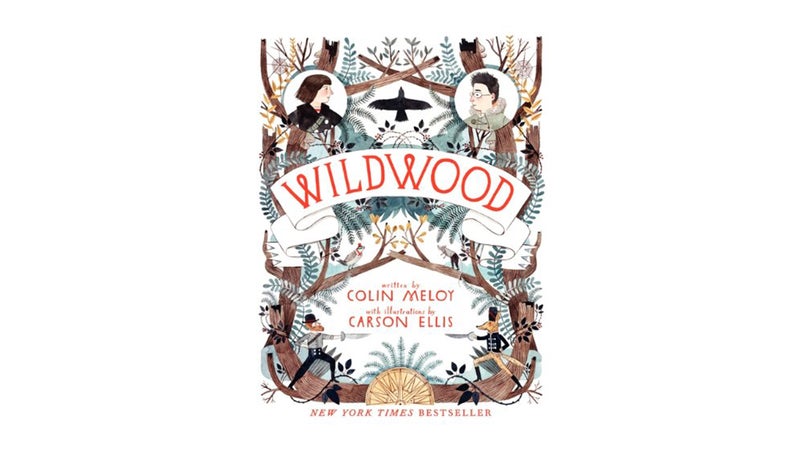
You’ll either love or have to look past the unbearably hip credentials of , which was written by the lead singer of the Decemberists. The plot is one for future environmentalists who also enjoy fantasy: friends Prue and Curtis fight to save the book’s mythical namesake wilderness, a place located in some part of Portland, Oregon��where��no one goes. (Like we said, mythical!)��The villains generally take the form of cool wildlife like coyotes, and the chases happen on bikes. After all, it’s important to show kids that outdoor hijinks can be awesome, too.��
‘Lumberjanes,’ by Noelle Stevenson, Shannon Watters, Grace Ellis, and Brooke Allen��
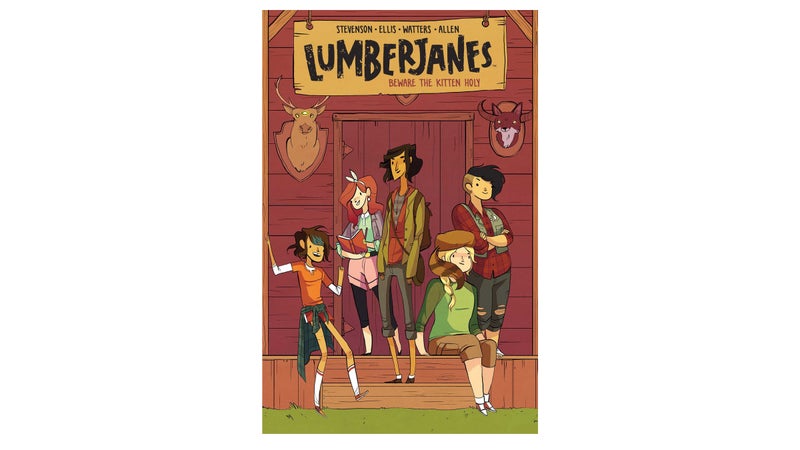
The characters of , which revolves around��a group of goofy, chimerical-beast-fighting scouts at summer camp, are among the most expressive you’re likely to find in adventure fiction.��Readers won’t learn real-life survival skills from the series’ antics (involving three-eyed foxes and bear-people), but they will most certainly want to spend all their free time seeking out weird��quests��with their friends in the woods.
‘The End of the Wild,’ by Nicole Helget
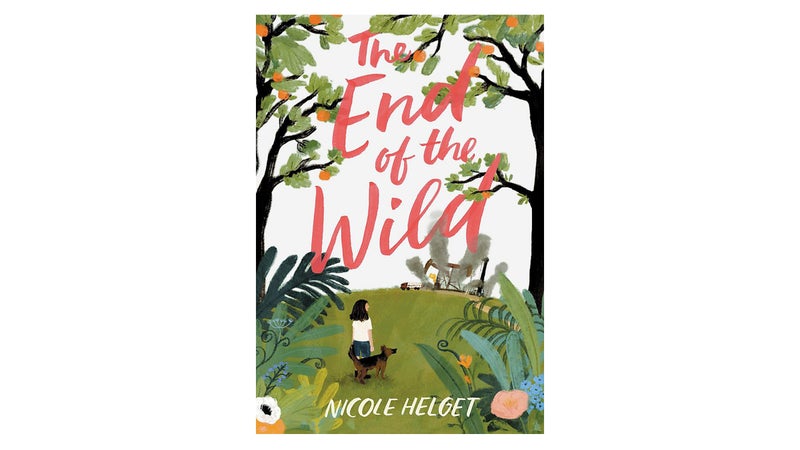
gives middle school��readers a lot to chew on—environmental activism, death, alcohol abuse, poverty—but does so with a sensitive touch. Its young heroine, Fern, lives with her struggling family. Then��a fracking company comes to town and threatens the forest��where Fern often seeks refuge, while at the same time offering financial relief��for the economically hard-hit area. The book delivers hopeful elements, along with a frank look at the��realities of fracking, including��how the industry can simultaneously provide��for and hurt families of low socioeconomic status.

